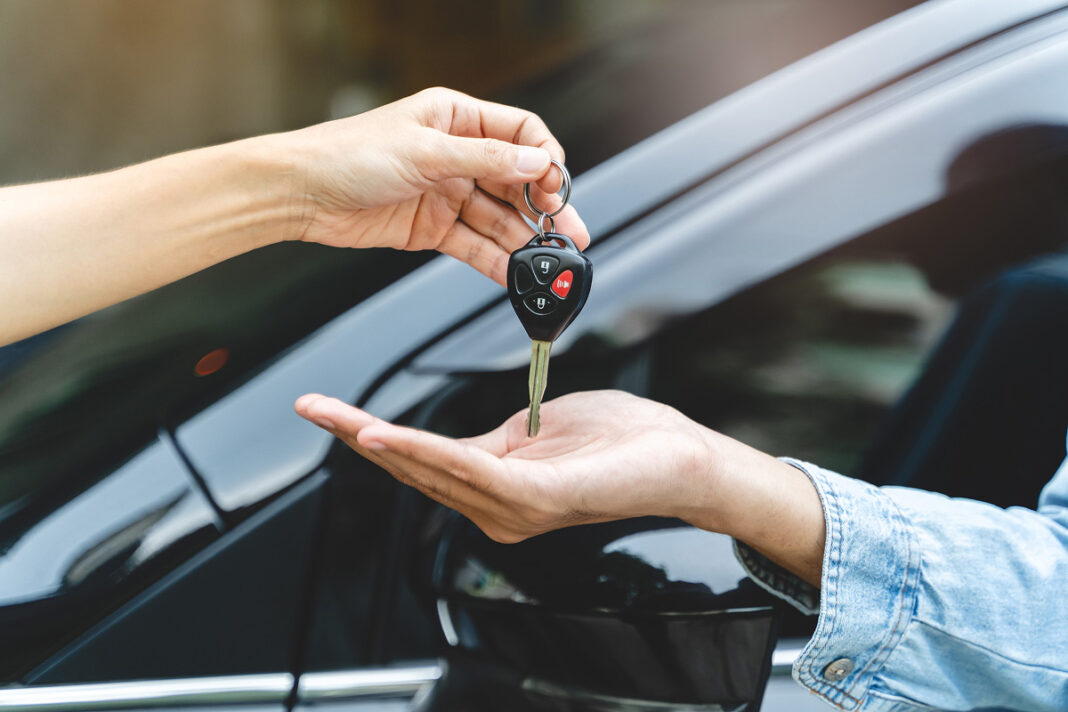Buying a used car instead of a new one can be a smart financial decision when on a budget. For a lesser amount, one can get a better trim and more features than what a new model might offer at the same price. That said, getting a pre-owned vehicle requires careful planning and evaluation. Before visiting a dealership or a private seller, one must consider several factors to make a well-informed choice.
Set a Budget
Before checking out used cars, it is important to set a budget. One can start by deciding how much they are willing to spend on a used car. When deciding this amount, one must factor in the mode of payment—whether they will pay the full price upfront or finance the vehicle. This will help narrow down the options and speed up the purchase.
If someone plans to borrow money for the purchase, they must follow a few used car financing tips to ensure they repay the amount on time. A key suggestion is to direct around 10% of the monthly income towards repaying the monthly installments for a used car. Doing so will help ensure the car loan remains affordable without straining other financial commitments.
List the Must-have Features
A car is only as good as its features, whether in terms of safety, comfort, or performance. The same stands true for used cars. So to effectively narrow down their options, individuals can create a list of features they definitely want their car to have. For instance, those looking for a family car might want to focus on comfort and safety. Likewise, those looking for a vehicle for long commutes might prioritize fuel efficiency and cruise control. Creating this checklist helps buyers focus on their needs and avoid getting swayed by unnecessary add-ons that may not serve their purpose.
Start Browsing Options
Once people know their budget and desired features, they can browse used car models. A good place to start is online marketplaces. These platforms allow one to filter the options based on one’s budget and requirements, which makes it easier to choose. Another great thing about these marketplaces is that the choices are vast since people across the country can list their vehicles.
Besides general marketplaces, one can directly visit specific online retailers to view their options. With retailers, one can enjoy peace of mind knowing they are buying from established businesses and not individual sellers. Plus, most retailers have limited-time return policies on used cars, which adds a layer of security to the purchase. Apart from this, one can always visit local, nearby dealers directly to choose and buy a used car.
Check the Car’s Condition and Price
Before finalizing a car, there are a couple of things to do to get a good deal. Firstly, one must check the condition of the car they are planning to buy—not only the exterior appearance but also the interior. After that, one can check the car’s age, mileage, and list of features.
Once a person has the details of the cars they like, they can visit a car pricing guide (such as Kelley Blue Book, Edmunds, or the National Automobile Dealers Association). One can enter the car’s year, make, model, and other details on these websites to get its estimated market value. Using this information, one can assess if they are being quoted a fair price for the model. These tools also provide a solid reference point for negotiating used car prices more confidently and effectively.
Get the Vehicle History Report
The vehicle history report is one of the most essential things to check in a used car before buying it. This report comprises data about a car’s past, including its maintenance details, information about any major accidents, past owners, title information, and more. One can even find out if the car has sustained flood damage. History reports of used cars can usually be accessed for free through their online listings. However, a few online platforms require one to pay a subscription fee to view history reports.
Consider Certified Pre-owned Cars
When browsing used cars, one will come across certain vehicles that are tagged CPO or certified pre-owned. This simply means the car has been thoroughly inspected, and only factory parts have been used for fix-ups. These are, therefore, considered more reliable than regular second-hand cars on the market. While they cost a little more than the regular options, buying certified pre-owned cars is still better, considering the added peace of mind regarding the quality.
Take a Test Drive
Even if the car has a splendid history report and is a certified pre-owned model, it is better to take a test drive. This drive will help one get a clear idea about the car’s handling and whether they are comfortable with it. A used car test drive tip that one must especially consider is paying attention to the car’s engine and brakes to assess their responsiveness.


